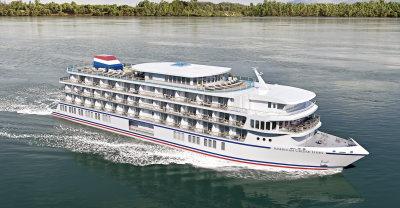Two recent studies point to an uptick in the construction and installation of floating production systems (FPS).
The first, by UK energy analysts Douglas-Westwood, predicts spending on 139 worldwide FPSes of $99 billion from 2014 to 2018, an increase of 138% over the previous five-year period. The second study, by Energy Maritime Associates, expects expenditures for FPSes to increase to $130 billion over the same period. The study estimates 157 FPS orders during the period. Both scenarios are good news for the Gulf and OSV operators.
The projected increases continue a seven-year market expansion that saw 23 FPS orders during 2008-2009 and 54 orders in 2011-2013. The Westwood report said that FPSOs will form the “largest segment of the [floating production] market (80%) both in terms of units installed and forecast capital expenditure in 2014-2018. Deepwater FPS deployments are expected to total $68 billion and account for over two-thirds of the total spends.”
This expansion of the FPS fleet is doubly impressive in light of the potential oil and gas glut due to shale development onshore. Those tight oil and gas projects, particularly in the U.S., have raised the question of the viability of deepwater developments where exploration and development costs can reach $75 to $85 per barrel of oil equivalent. This makes onshore tight resources a much more attractive development option. (Tight oil and gas projects require more effort, such as horizontal drilling, to extract it.)
In fact, these price differentials have affected deepwater development. At least five such developments worldwide have been deferred, including BP’s Mad Dog 2 and ExxonMobil’s Hadrian projects in the Gulf of Mexico. Yet the outlook for now is still rosey.




